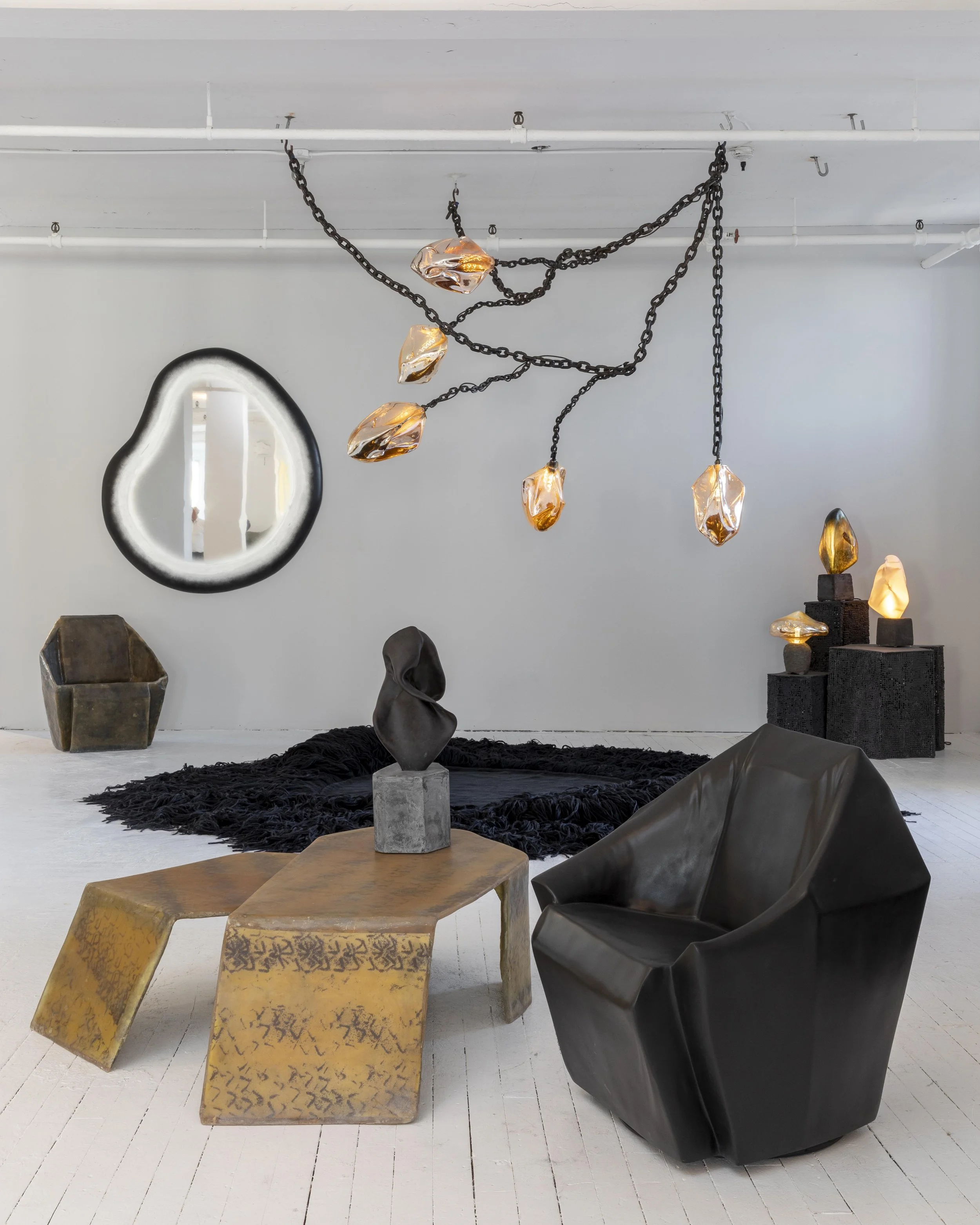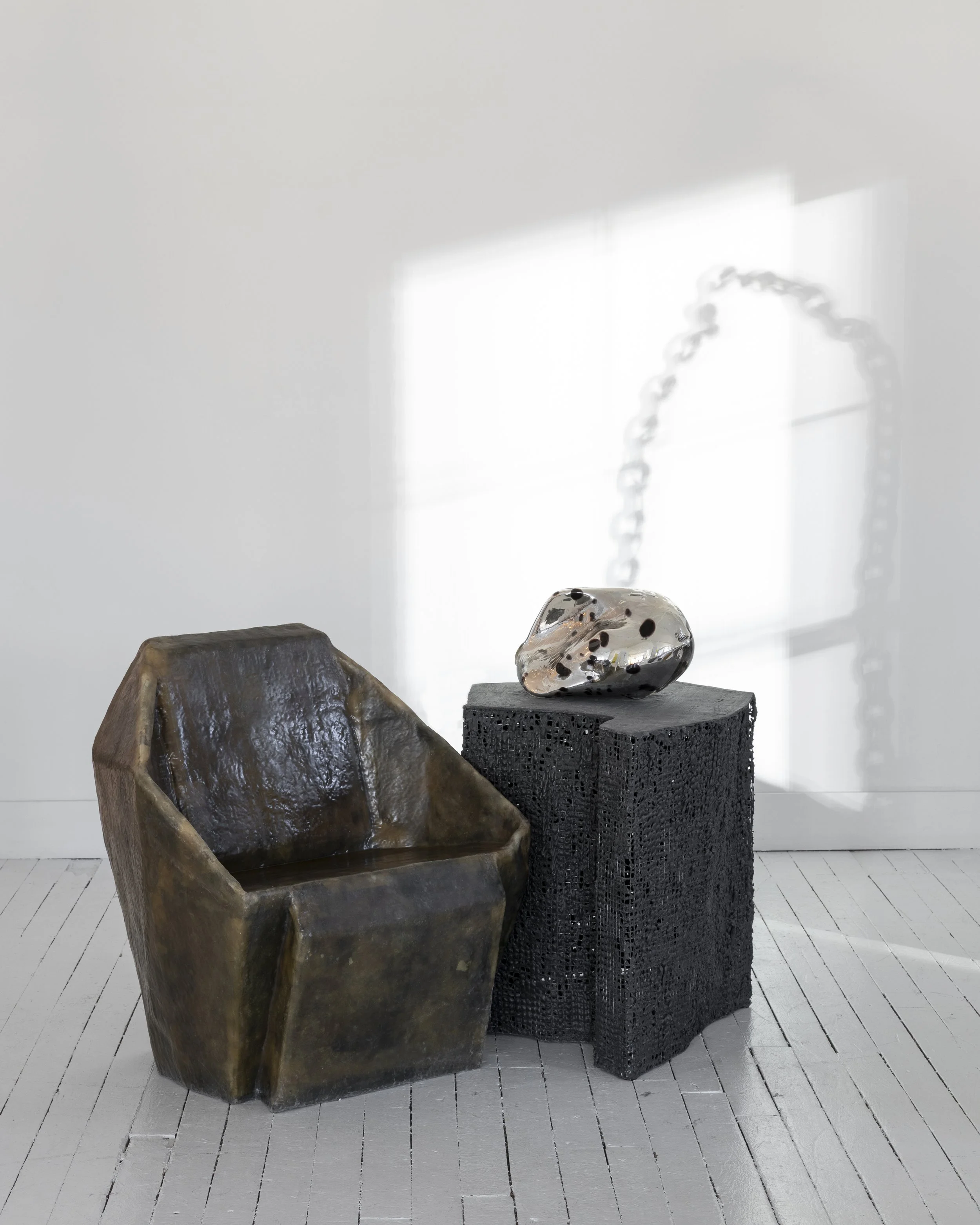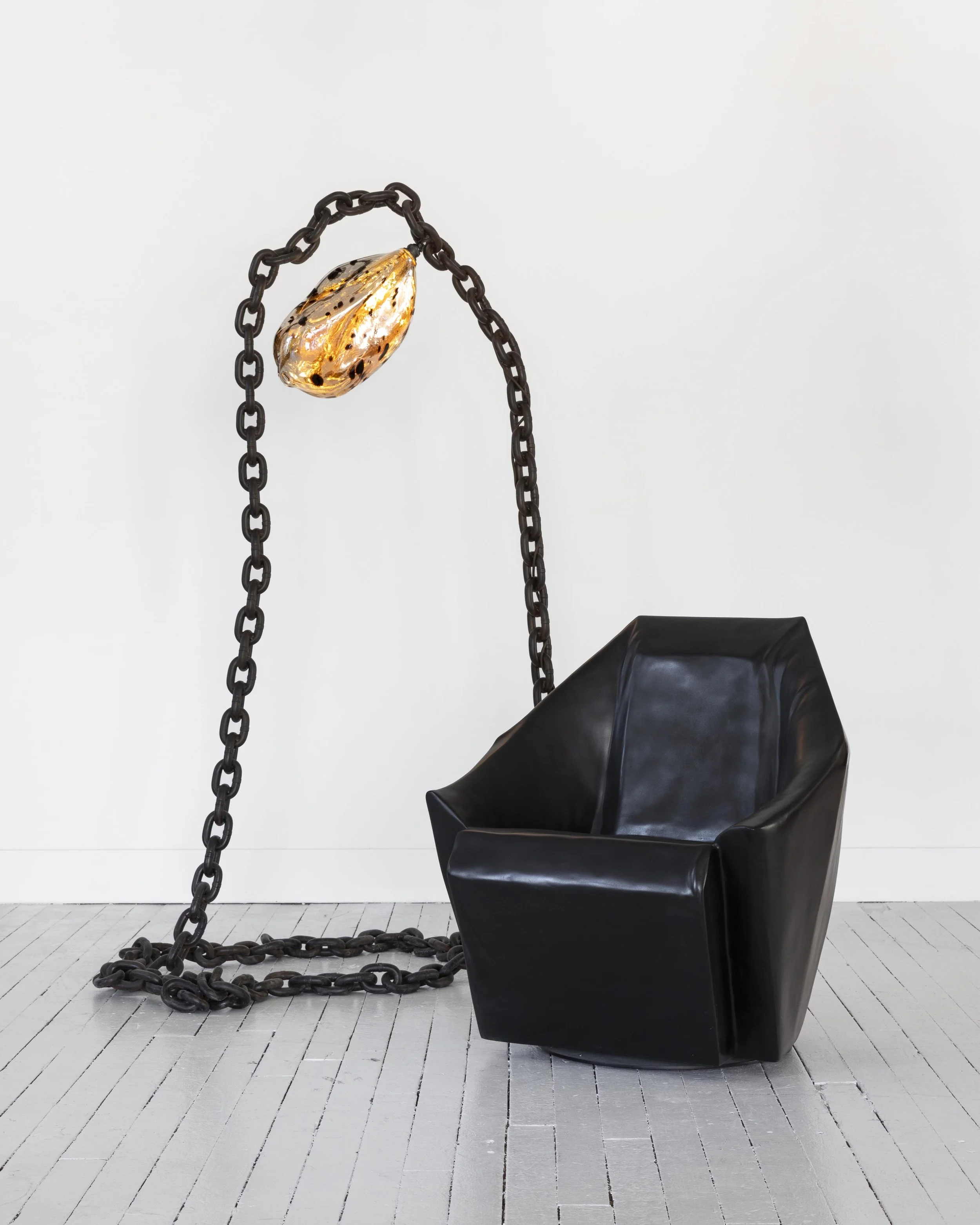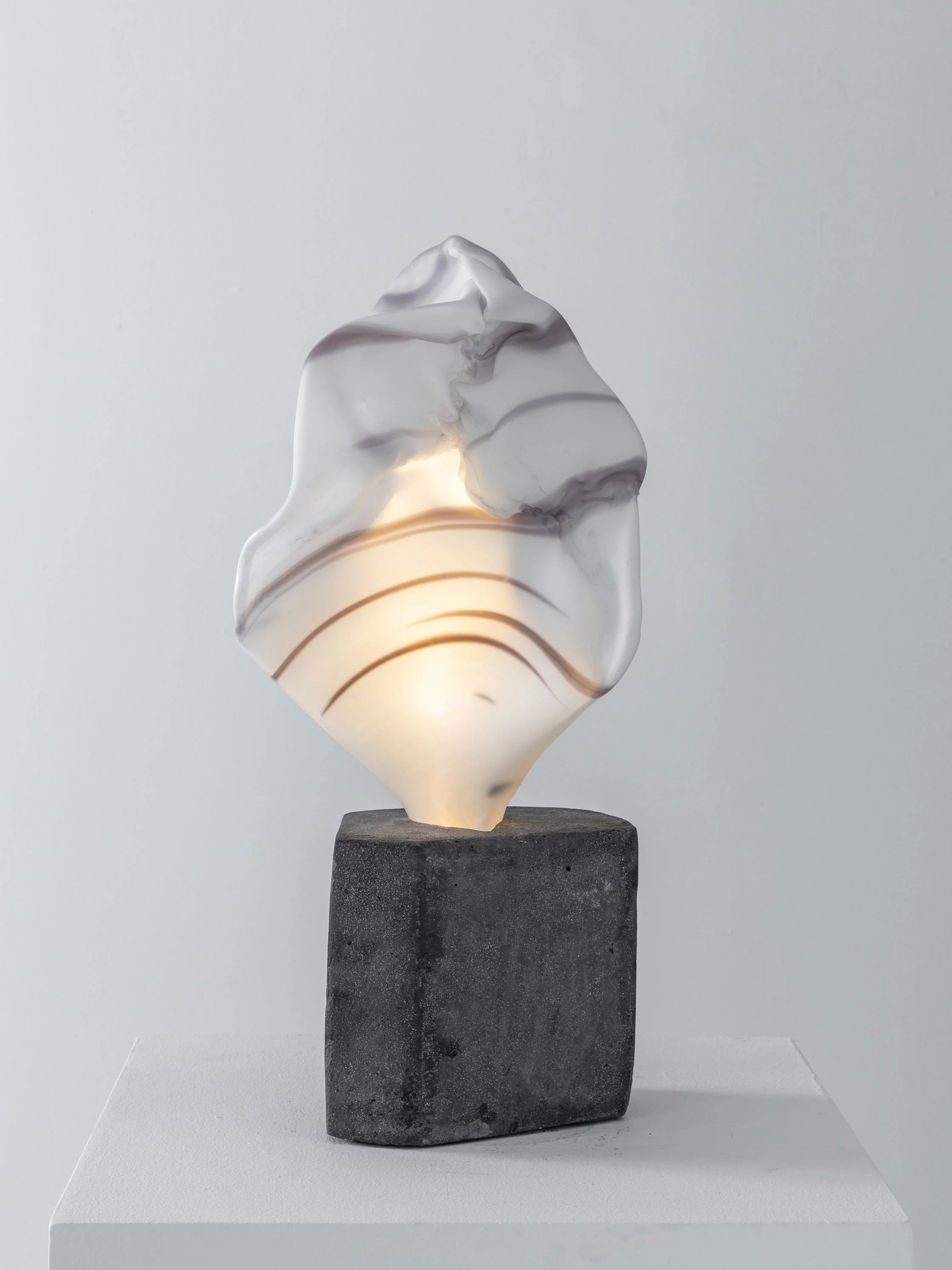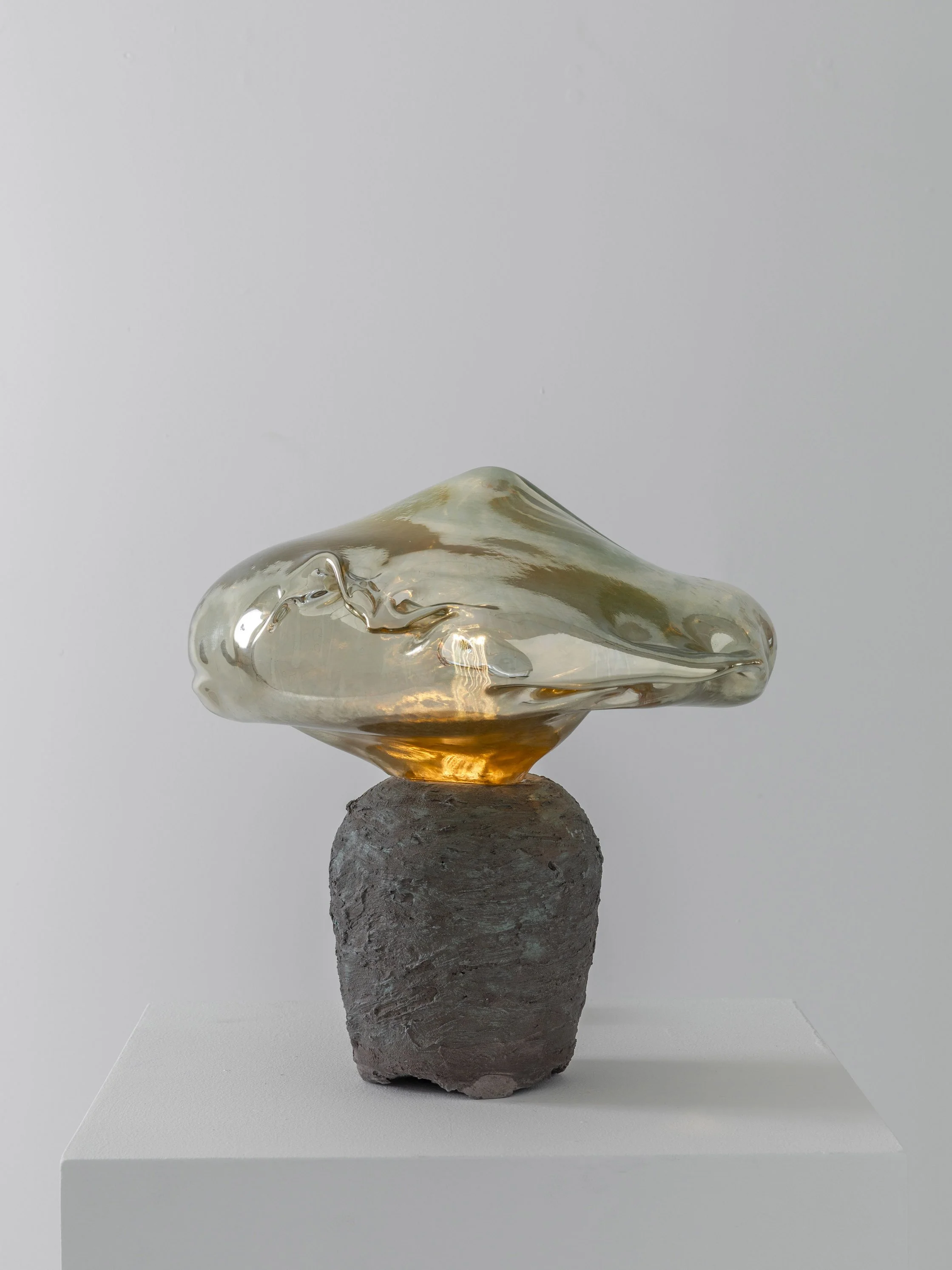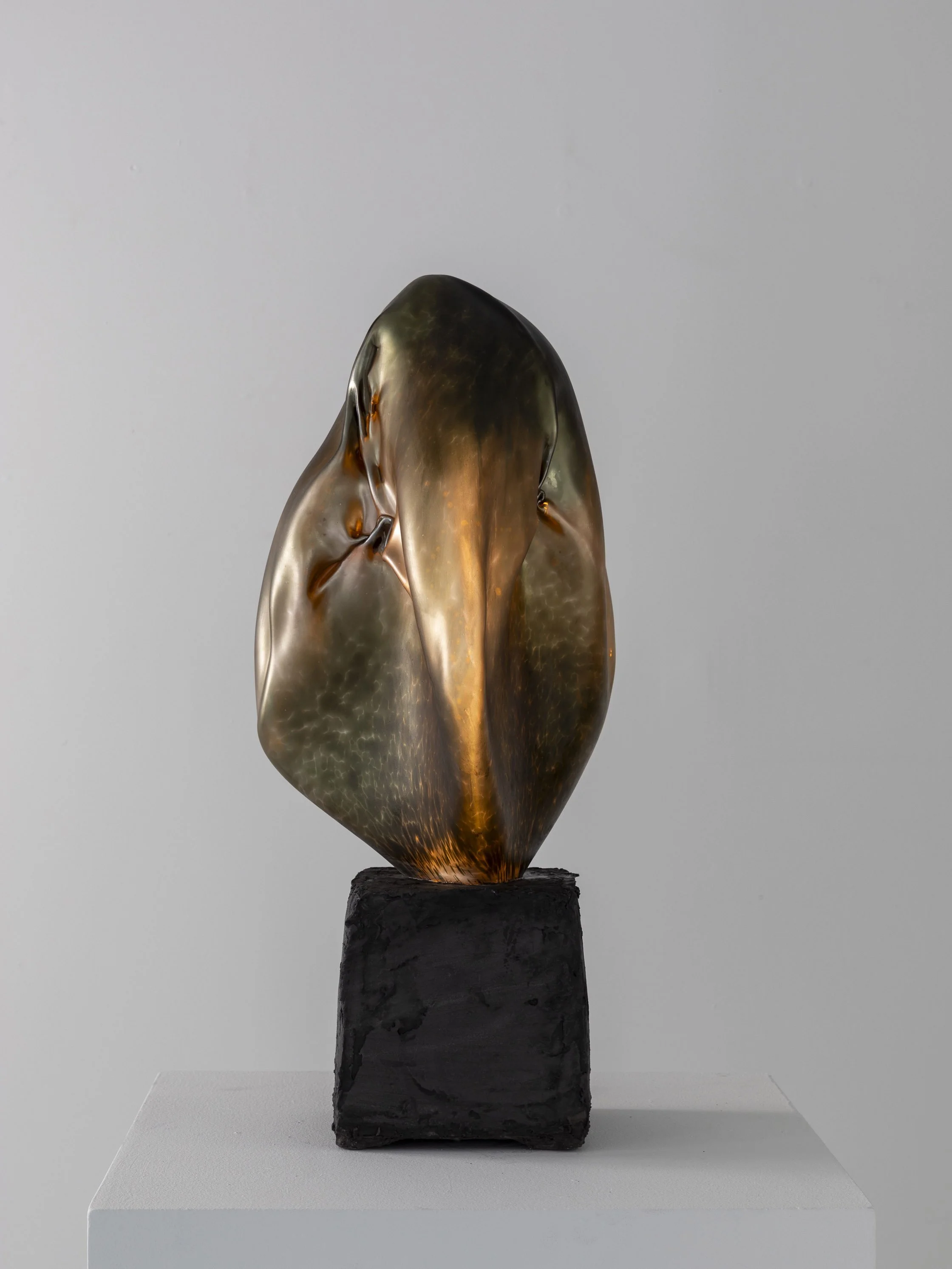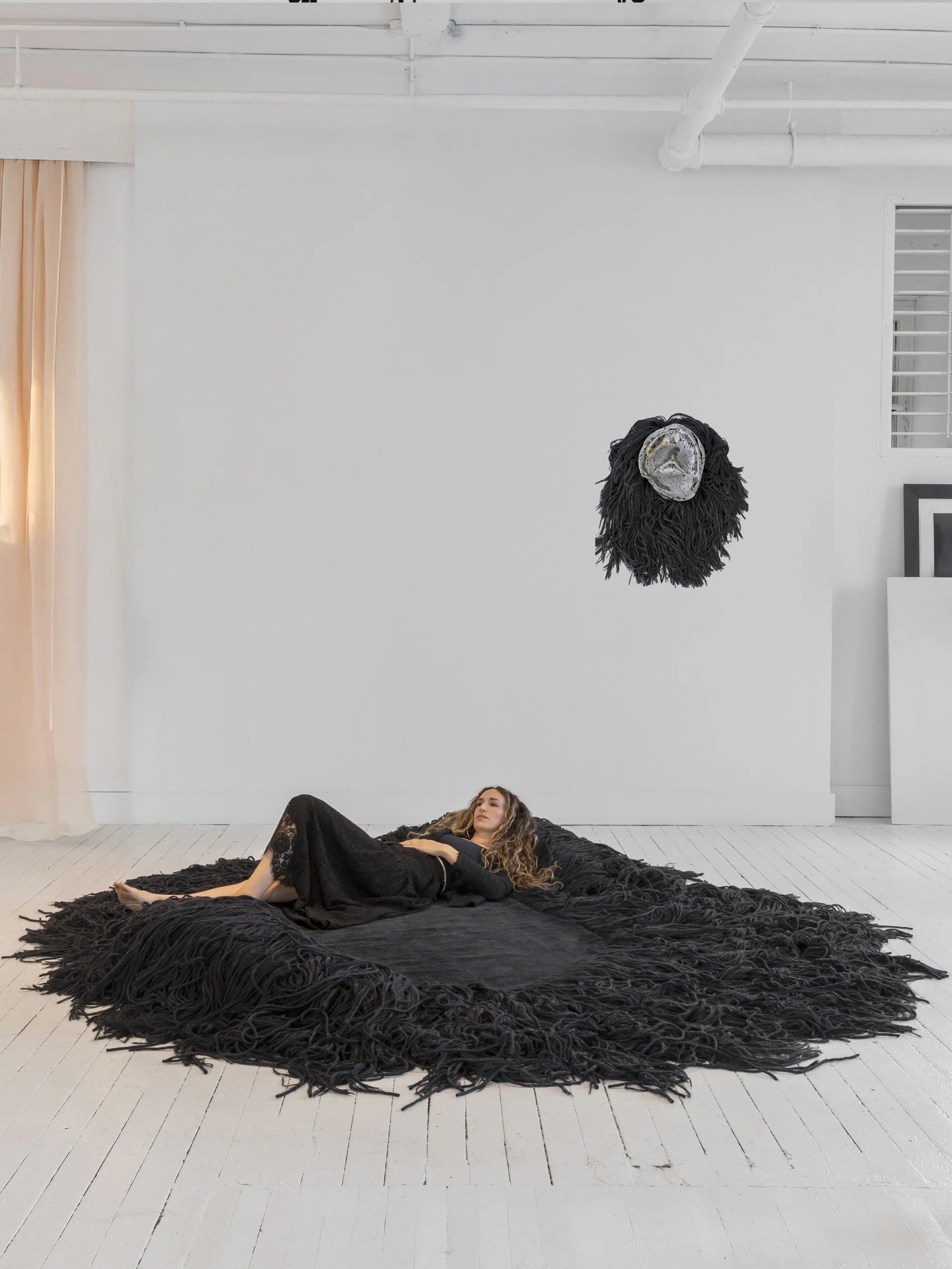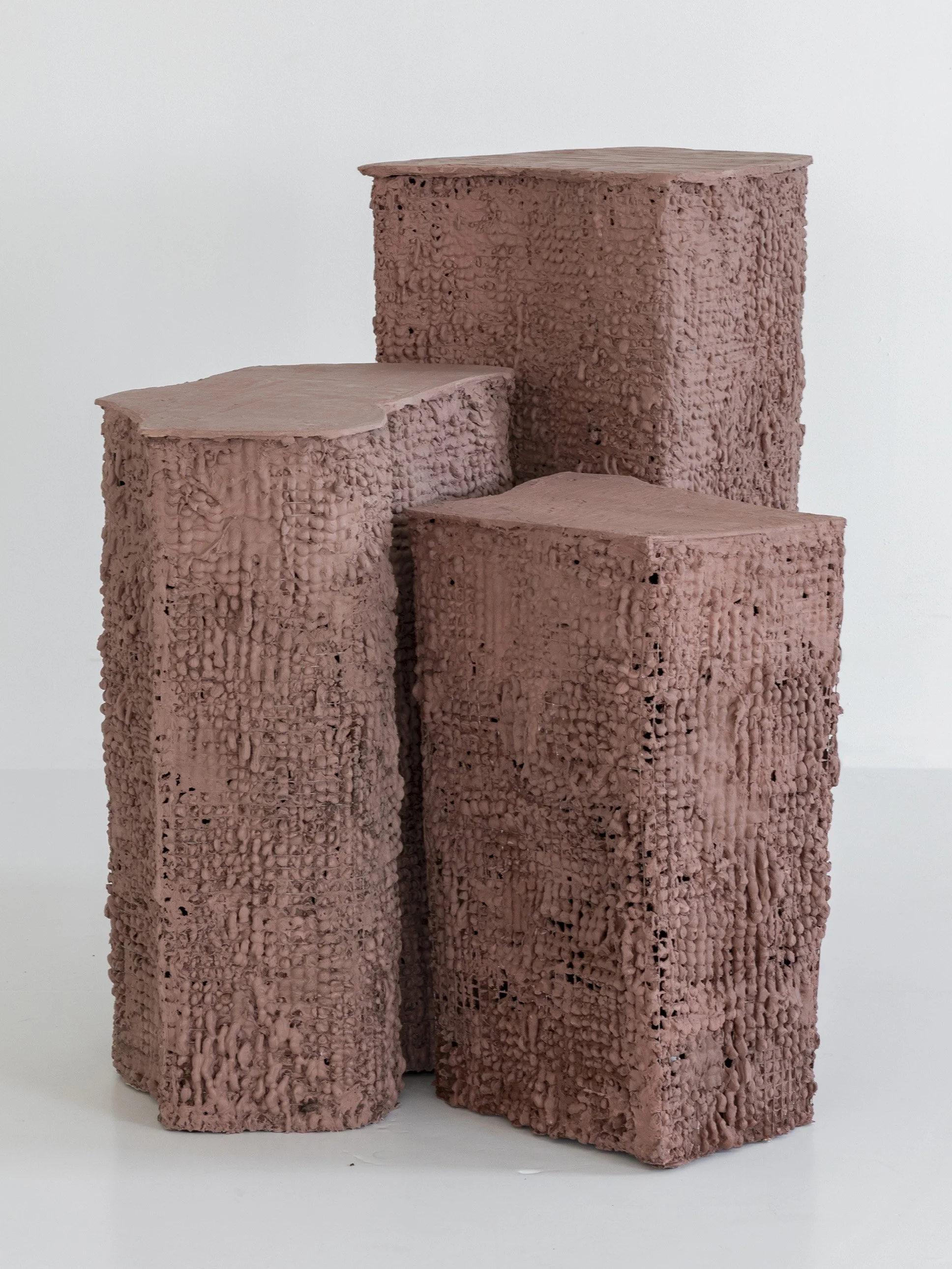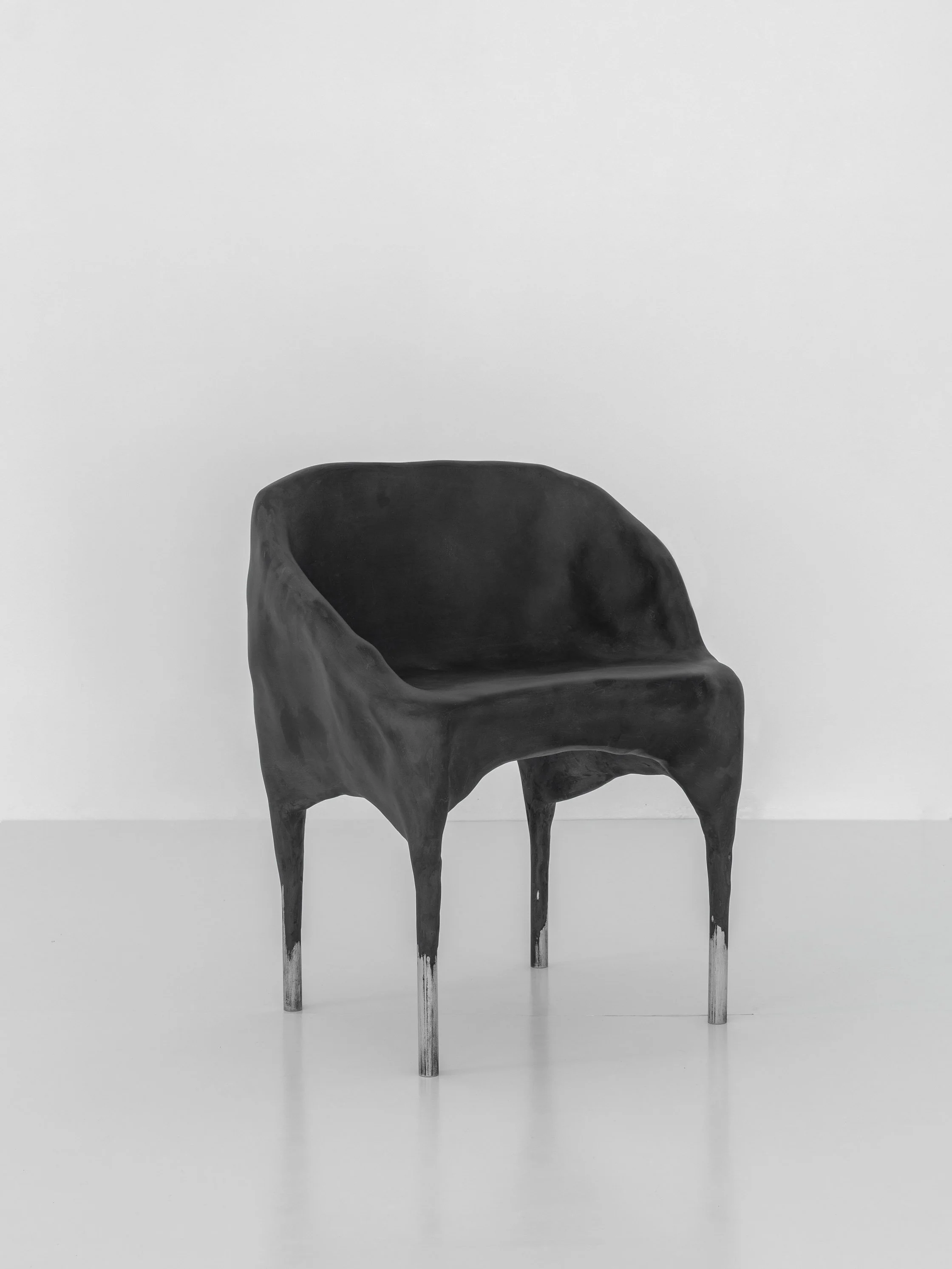INCA CITY
RALPH PUCCI INTERNATIONAL, New York City, November 5th, 2025
Inca City began with an image that didn’t make logical sense but felt deeply familiar. I came across it in a NASA archive: a strange geometric formation on the surface of Mars, carved into the desert floor like a grid of a forgotten city. Scientists called it “Inca City,” though no one knows exactly what it is. It doesn’t resemble anything man-made—and yet, it does. It looked like the ruins of a civilization that had never existed, but could have, a fortuitous geological formation in the shape of architecture.
I’ve never considered myself a designer in the traditional sense. I’m a pluri-disciplinary artist, someone who sculpts, draws, composes music, and also makes furniture. My approach to design is not about function. It’s about creating objects that act as portals between experimentation and magic, between sculpture and object, between chance and chaos. I often say my work lives between magic, logic, and chaos. That’s my compass. I’m interested in illusion, transformation, suggestion. Design, for me, is a kind of a game of alchemy.
Inca City became the name not just of this body of work, but of an imagined place: a speculative city of the future, built with the memory of ancient worlds. It’s Martian in its origin, but deeply human in its longing. On some Jungian level, I think Inca City represents a dream of escape, a desire to leave behind a world that’s unraveling. Climate catastrophe, AI anxiety, social fragmentation… Perhaps this collection is my way of building a new mythology, a sanctuary of forms.
Each piece in the exhibition - whether it's a silvered glass sculpture, a chain-draped totem, a resin console, or a lounge rug that feels like a relic - acts like an artifact from that imagined civilization. They are clues, not answers. I don’t explain them. I excavate them. This future archaeology subconsciously comes to me. A kind of sci-fi romanticism that looks both forward and backward at once.
I’m not alone in this. I believe I’m part of a movement, consciously or not, of artists and designers who are creating from the ruins of tomorrow. We’re romanticizing the past not to replicate it, but to project new futures from its bones. We’re dreaming of lost cities, remote planets, vanished civilizations. Because when the present feels unstable, it’s in the imagined that we find ground.

